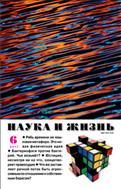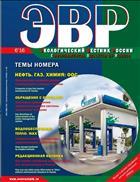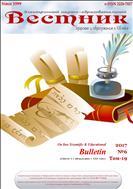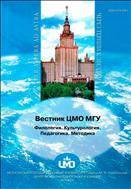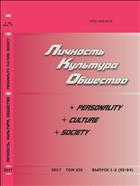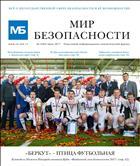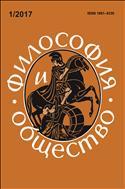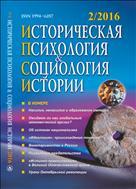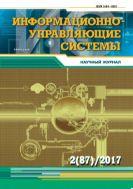Analysis of the core microstructure of terrigenic reservoirs based on lithologicalpetrographic studies to support the creation of digital core modelAnalysis of the core microstructure of terrigenic reservoirs based on lithologicalpetrographic studies to support the creation of digital core model 
The question of digital core modelling appears highly relevant due to the fact that there is not always a sufficient amount of core material available from studied wells: in some cases, it is not possible to select core material (in case of loose, weakly cemented rocks); in others, such material may be completely absent. In order to create a computer model of a digital core, it is necessary to have a correct understanding of the pore space microstructure and rock lithological composition and structure, among the most important features determining the quality of sedimentary reservoir rocks. Such information can be obtained by carrying out lithological-petrographic studies of thin sections of reference (standard) core samples. The aim of the present work is to study petrographic thin sections for their further use in creating a digital core model. The article discusses the methodology and results of laboratory lithological and petrographic studies of thin sections using the available core information. The paper presents the results of laboratory studies of thin sections of terrigenous sandstones obtained from the Berea Sandstone formation (USA). The choice of the Berea Sandstone is due to its wide recognition by specialists, as well as its homogeneity, both in terms of the grain size of constituent rocks and their filtration and reservoir properties. The work also presents the results of data analysis on lithological and petrographic studies of core material from the terrigenous deposits obtained in the Timan-Pechora province in northern Russia. The research results can be used for mathematical modelling of the pore space microstructure in a digital core model. |










